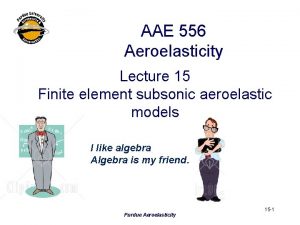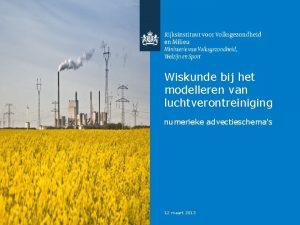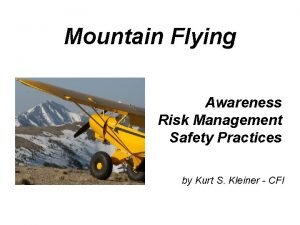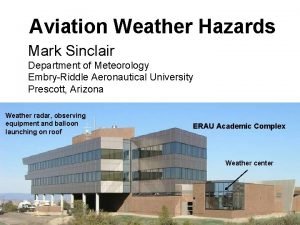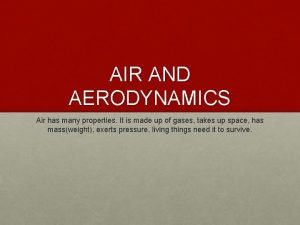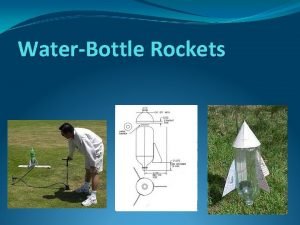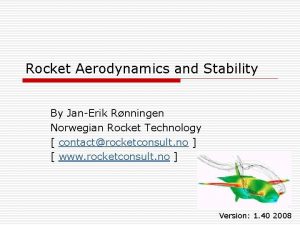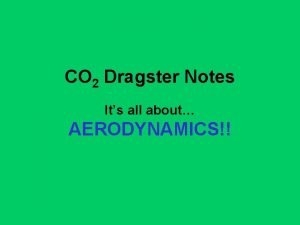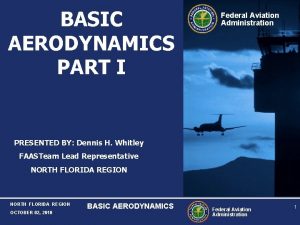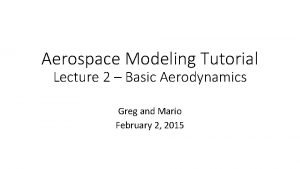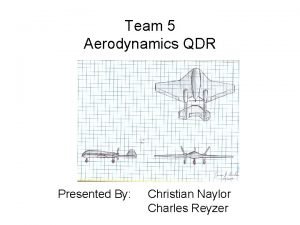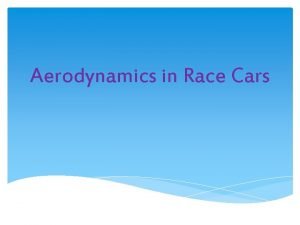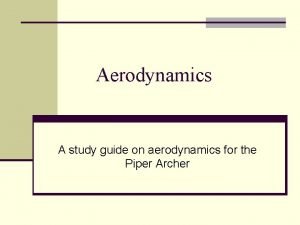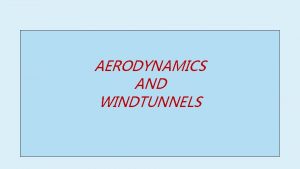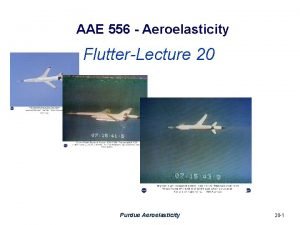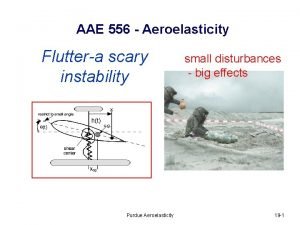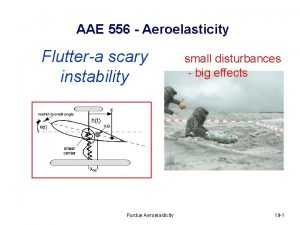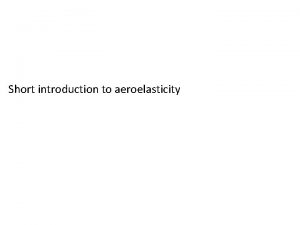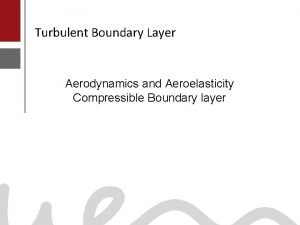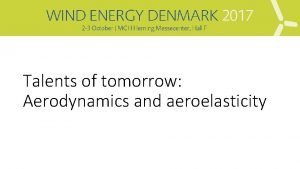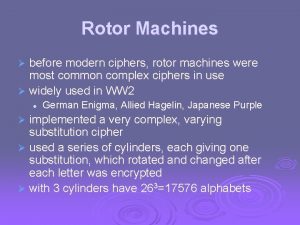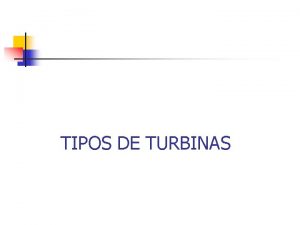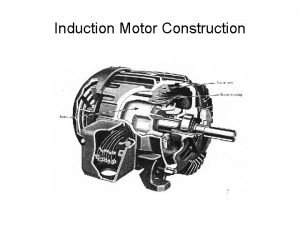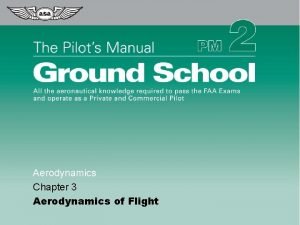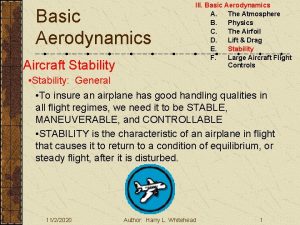UPWIND Aerodynamics and aeroelasticity Rotor aerodynamics in atmospheric















- Slides: 15

UPWIND, Aerodynamics and aero-elasticity Rotor aerodynamics in atmospheric shear flow N. N. Sørensen 1+2 and J. Johansen 2 1 Department of Wind Energy, Risø National Laboratory, DTU, Denmark 2 Department of Civil Engineering, Aalborg University, Denmark

Introduction The basic idea is to provide new insight about rotor operation in shear, with the aim to improve engineering models. The problem of modeling the atmosphere and the rotor using CFD with RANS type turbulence modeling • How to account for the shear • How to avoid excessive eddy viscosity What will we look for • Azimuth variation of the rotor loads at different radial positions • Azimuth variation of the inflow velocity • The wake behavior downstream of the rotor • Disturbance of the upstream flow due to the rotor loading

Extreme wind gradient over flat terrain • During day time the velocity gradient over flat terrain will typically be • • • < 2 m/s over a 100 meter rotor RANS equation are not well suited to model the atmosphere and the rotor in a single computation for day time conditions During night time the velocity may vary as much as 5 -6 m/s over a rotor diameter of 100 meters. During night time the stable stratification suppress the mechanical turbulence and makes the flow turbulent

Modeling the wind shear • We will take advantage of the fact that • • the flow is nearly laminar during stable stratification at night The computational domain is spherical The velocity profile is approximated by a power law

Rotor computations • • • Ellip. Sys 3 D Navier-Stokes solver Moving mesh technique Nacelle and tower are neglected The grid consists of 14 million cells Steady state/transient computations Time step ~ 2. d-3 The Upwind turbine Hub height: 90 meter Rotor diameter 126 meter

Power and Thrust Deviation due to airfoil data

Azimuth variation of low speed shaft torque The shaft torque is not constant, and the load even though ’periodic’ possesses some phase lag

Spanwise variation of the axial force • The hysteresis of the spanwise forces between the 90 and 270 • degree position is clearly visible The blade remember the load history

Phase lag of axial force and velocity R

Phase lag of axial force and velocity R

Phase lag of axial force and velocity R

Vertical profile of axial-velocity

Wake patterns • The wake is tilted due to the vertical velocity gradient • The non-uniform azimuth loading is reflected in the wake pattern • The expansion of the wake is non-uniform

Conclusion • 3 D CFD rotor computations of a wind turbine in severe atmospheric • • shear have been performed The time history of the mechanical power exhibits a clear 3 P variation, even though the amplitude is very low The computation show a large phase lag in the axial and tangential forces especially at central part of the rotor blades and decreasing towards the blade tips The phase lag observed in the forces is also observed for the upstream axial velocities especially at central part of the rotor blades and decreasing towards the blade tips The azimuth variation of the blade loads are clearly reflected in the rotor wake

Future work • We plan to compute and compare to measurements form Høvsøre • • • tests showing the extreme wind shear for a real turbine Using LIDAR the up- and downstream effect of the rotor can be measured Knowledge about the velocity field around the turbine at high shear may be important for power curve measurements We hope to provide detailed data that can be used to improve the BEM type methods
 Aeroelasticity
Aeroelasticity Upwind and downwind
Upwind and downwind Upwind side
Upwind side Upwind side
Upwind side China aerodynamics research and development center
China aerodynamics research and development center Air and aerodynamics
Air and aerodynamics Water rocket simulator
Water rocket simulator Aerodynamics of rockets
Aerodynamics of rockets Dragster aerodynamics
Dragster aerodynamics Faa aerodynamics
Faa aerodynamics Aerodynamics
Aerodynamics Aerodynamics lecture
Aerodynamics lecture Lift coefficient equation
Lift coefficient equation Uiuc applied aerodynamics group
Uiuc applied aerodynamics group Aerodynamics of race cars
Aerodynamics of race cars Aerodynamics meaning
Aerodynamics meaning
